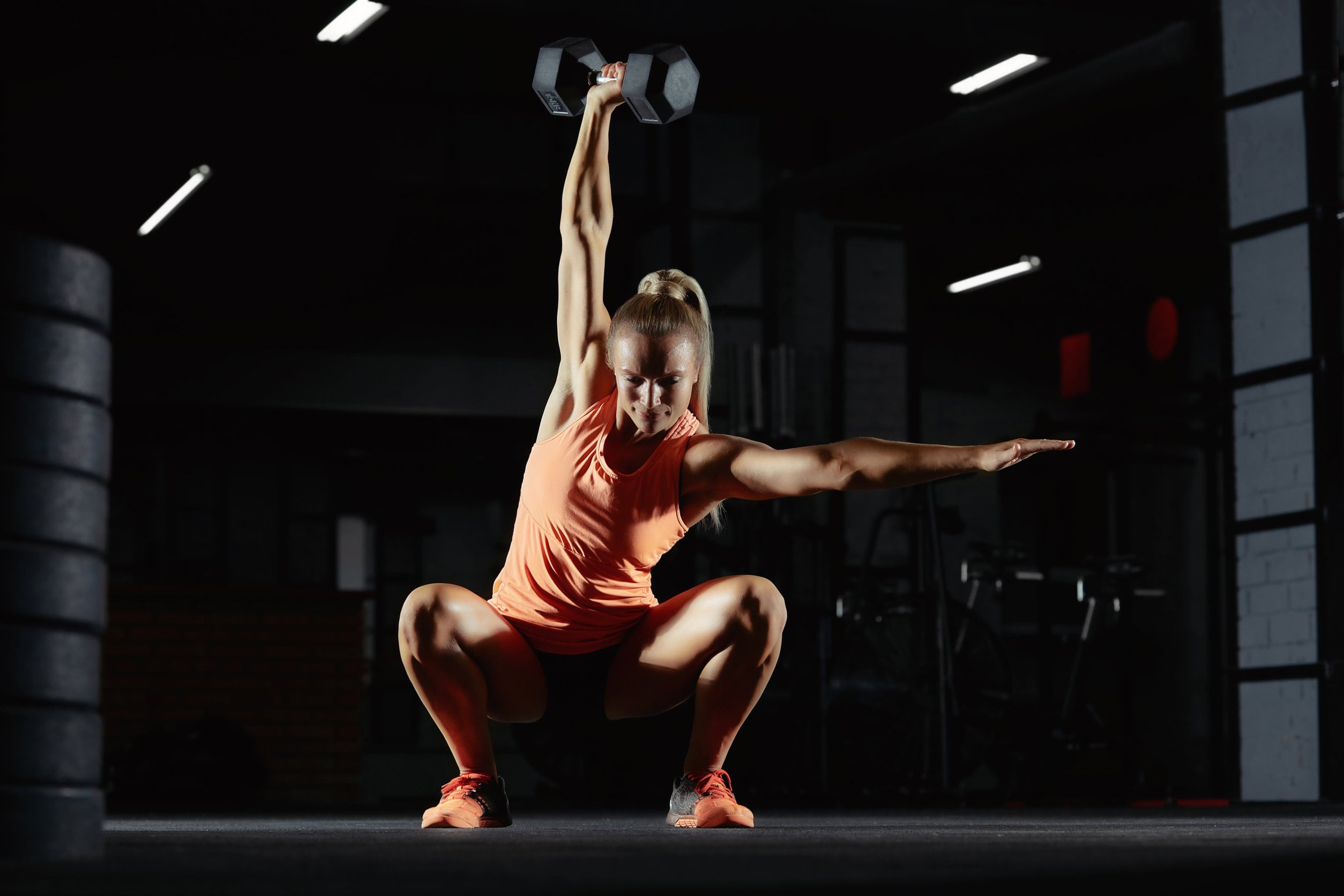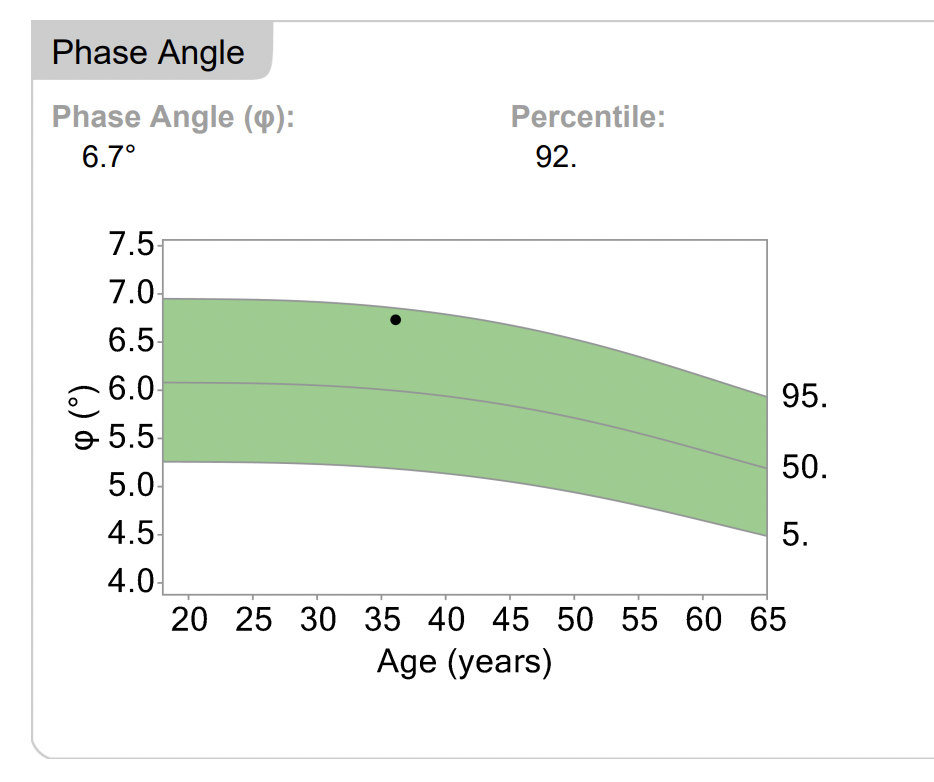Phase angle is one of the markers we assess as part of our body composition assessments with clients and available as a standalone service.
Below teaches you more about phase angle and its association to body composition and health.
What is phase angle (PhA)?
Within the cell is a structure termed “cell membrane”, which regulates what enters and leaves the cell – it acts as a gatekeeper to the cell. The PhA is a direct measurement of the cell membrane, looking at cell integrity and the distribution of water within and outside the cell.
A healthy and functional cell membrane can effectively and efficiently allow electrons to be pass through it. However, in the case of malnutrition or disease, the cell membrane loses its capacity to do this efficiently.
How we measure phase angle
In clinic we use the SECA mBCA525 BIA machine to pass a small voltage alternating electrical current through the body. The total resistance to that current can then be measured. The resistance can be categorised into the measured resistance (R) from body water that contains electrolytes and the resistance generated by the cell membranes known as reactance (Xc).
The sum and ratio between the categories of these measures of resistance (resistance and reactance) is known as the phase angle.
Why should you care about your phase angle?
Phase angle is considered a marker for general health and nutritional status. Research has shown low levels to be associated to loss of or low muscle mass, strength and thus quality. It has also been used as a marker for prognosis or survival time in conditions such as HIV, cancer, dialysis and other clinical situations, particularly those involving inflammation.
A decreased phase angle may be associated with: loss of muscle mass (body cell mass), a decrease in fluid levels or as a sign of inflammation/infection as well as an increase in body fat levels.
An optimal phase angle is desirable and typically associated with an increase in muscle mass, improved muscle quality, cellular hydration and strength, reduced inflammation and decreased body fat levels.
Phase angle will decrease with age, although this can be combated with optimal nutritional status, body composition and exercise, especially strength-based training.
Interested in assessing your body composition and phase angle?
To read more about the assessment we use in clinic, appointment options and to see example reports, please go to our main body composition test page.
If you would like to enquire to work with one of our practitioners, please click the button below:
[widgetkit id=”643″]



